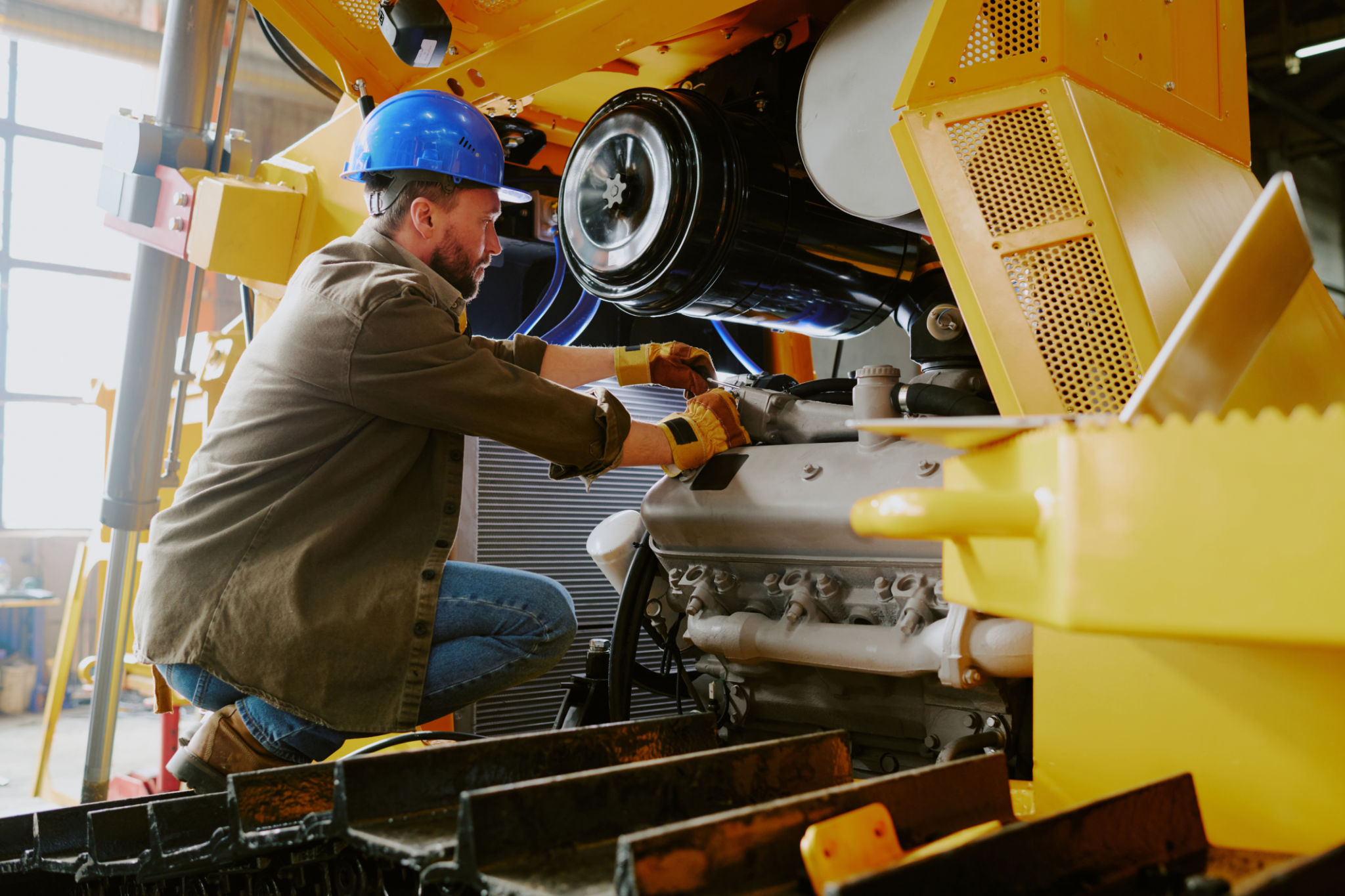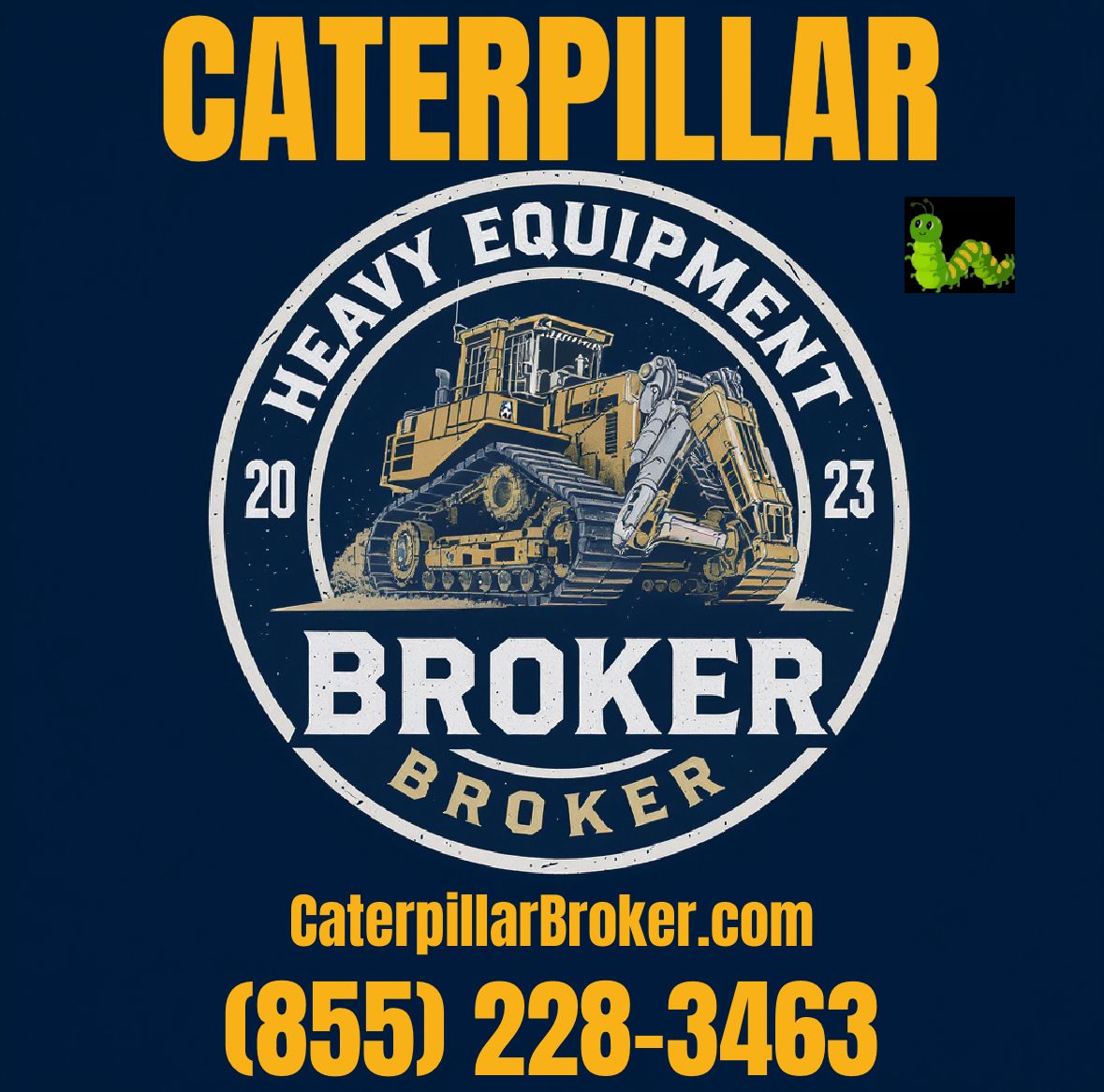Komatsu vs. Caterpillar: Comparing Features and Benefits
Overview of Komatsu and Caterpillar
When it comes to heavy machinery and construction equipment, Komatsu and Caterpillar are two of the biggest names in the industry. These companies have earned a reputation for producing durable and high-performing machines that are essential for a range of construction and mining applications. Understanding the specific features and benefits of each can help businesses make informed decisions when investing in equipment.

Performance and Reliability
Both Komatsu and Caterpillar have built their brands on reliability and performance. Komatsu is renowned for its innovative technology and fuel-efficient engines which are designed to reduce operating costs. Caterpillar, on the other hand, is celebrated for its robust build and long-lasting performance, often preferred in harsh environments. When it comes to performance, choosing between Komatsu and Caterpillar often depends on the specific needs of the project.
Technological Advancements
In recent years, technological advancements have become a crucial factor in the heavy equipment industry. Komatsu has been at the forefront with its KOMTRAX telematics system, providing real-time data on machine health and usage. Caterpillar offers a similar system known as Cat Connect, which enhances efficiency by improving equipment management. Both systems aim to optimize machine performance and minimize downtime, but they offer different features that may appeal to different operational needs.

Cost Efficiency
The cost of ownership is a critical factor when comparing Komatsu and Caterpillar. Komatsu is often perceived as offering more cost-effective solutions, thanks to its emphasis on fuel efficiency and lower upfront costs. Caterpillar machines, while sometimes more expensive initially, are known for their high resale value and lower depreciation rate. Weighing short-term savings against long-term investment is essential when deciding between these two brands.
Product Range and Customization
Both companies offer an extensive range of products, from excavators to bulldozers, but they differ slightly in customization options. Komatsu provides a wide variety of standard configurations and focuses on adapting technology to fit specific needs. Caterpillar, meanwhile, offers an extensive list of customizable options and attachments, allowing for highly specialized machinery tailored to unique operational requirements.

After-Sales Support
A strong after-sales support system is crucial for maintaining the longevity of heavy machinery. Caterpillar is well-regarded for its extensive dealer network and excellent support services, ensuring parts availability and timely maintenance. Komatsu also provides solid support through its global network but is often seen as lagging slightly behind Caterpillar in terms of service reach. The quality of after-sales service can significantly impact the overall satisfaction with machinery from either brand.
Environmental Considerations
With an increasing focus on sustainability, both Komatsu and Caterpillar have made strides toward environmentally friendly machinery. Komatsu's hybrid models are particularly noted for reducing fuel consumption and emissions. Similarly, Caterpillar has introduced Tier 4 engines that meet strict emission standards while maintaining performance. Choosing between these options may depend on specific environmental policies or corporate sustainability goals.

Conclusion
In conclusion, both Komatsu and Caterpillar offer a variety of benefits that cater to different operational needs. While Komatsu excels in technological innovation and cost efficiency, Caterpillar stands out for its durability, customization options, and robust after-sales support. Ultimately, the decision between the two should be guided by specific project requirements, budget considerations, and long-term business goals. By thoroughly evaluating these factors, businesses can ensure they select the machinery best suited to their needs.
